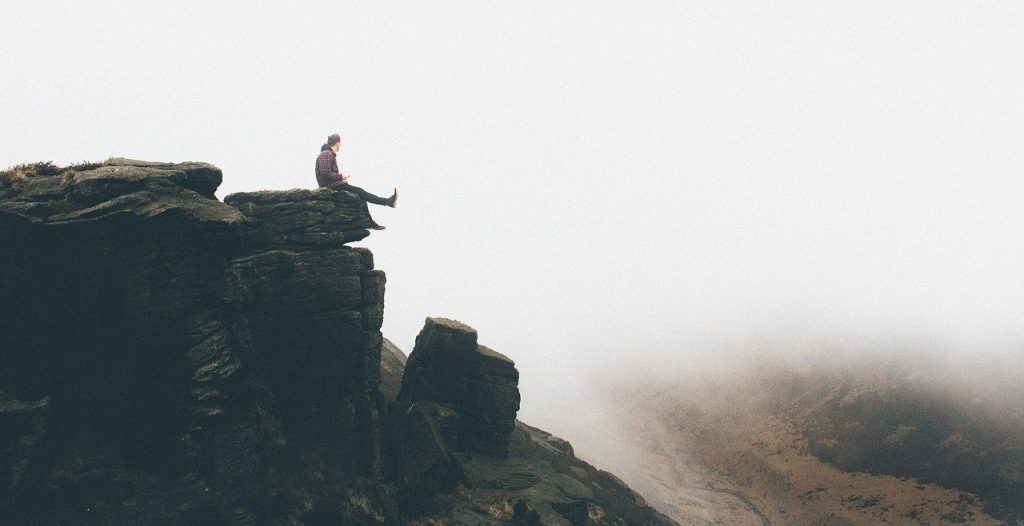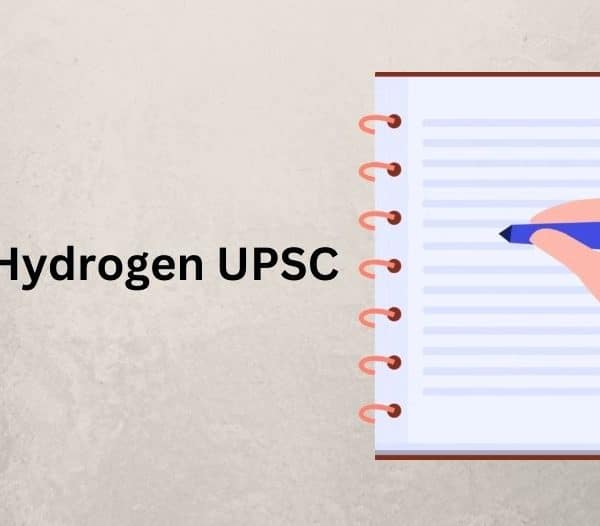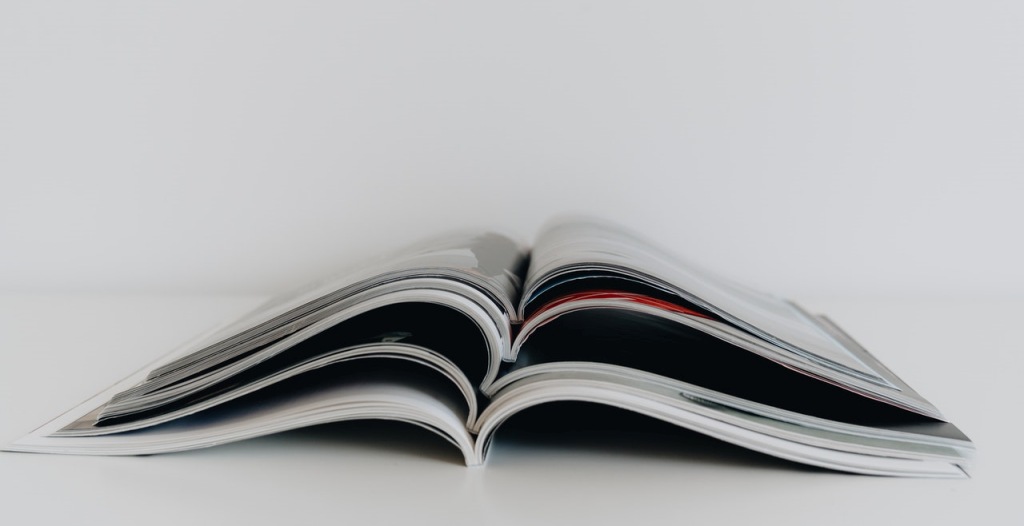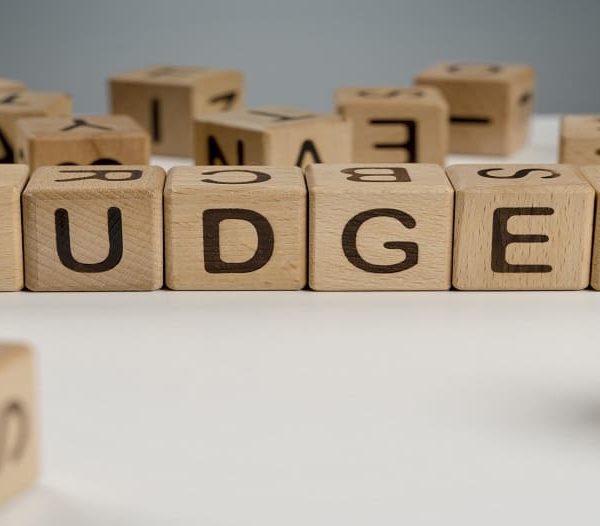Preparing for UPSC IAS Exam? Want to solve the previous year’s prelims exam questions on the ancient history syllabus? In this article, you will get ancient history questions asked in UPSC and ore information related to it. Read the article till the end to know it all.
Ancient History Syllabus
- Prehistoric cultures in India
- Indus Civilization – Origins- the different phases- society, economy, and culture- Contacts with other cultures- factors lead to the decline.
- Geographical distribution and characteristics of pastoral and farming society.
- Vedic society-Vedic texts- change from Rigvedic to later Vedic phases.
- Vedic society Religion- Upanishad thought-Political and social organization, the evolution of the Varna system and monarchy.
- Formation of the State and urbanization, from the Mahajanapadas to the Nandas.
- Buddhism and Jainism- Factors for the spread of Buddhism.
- The Mauryan Empire- Chandragupta and Megasthenes.
- Asoka and his inscriptions, his dhamma, culture, administration, and art
- Society of Post-Mauryan India, BC 200- AD 300- Evolution of Jatis.
- The Satavahanas and formation of the state in the Peninsula.
- Sangam texts and society.
- Indo-Greeks, Sakas, Parthians, Kushans, Kanishka-Contacts with the outer world.
- Different Religion- Bhagavatism, Saivism, Mahayana Buddhism and Hinayana, Jainism and Culture and art.
- The Guptas and their descendants.
- Literature Science, Arts, Economy, and society -Modification in the political organization of empire.
Also Read: History Books for UPSC in Hindi: Get Full Information on Best Books for UPSC in Hindi
Previous Year Prelims Exam Questions on Ancient Indian History
Questions on Ancient History in 2020 Prelims –
With reference to the period of the Gupta dynasty in ancient India, the towns Ghantasala, Kadura, and Chaul were well known as
(a) ports handling foreign trade
(b) capitals of powerful kingdoms
(c) places of exquisite stone art and architecture
(d) important Buddhist pilgrimage centers
Answer: a
Question
With reference to the cultural history of India, consider the following pairs :
- Parivrajaka – Renunciant and Wanderer
- Shramana – Priest with a high status
- Upasaka- Lay follower of Buddhism
Which of the pairs given above are correctly matched?
(a) 1 and 2 only
(b) 1 and 3 only
(c) 2 and 3 only
(d) 1, 2 and 3
Answer: b
Question
With reference to the cultural history of India, which one of the following is the correct description of the term ‘paramitas’?
(a) The earliest Dharmashastra texts are written in aphoristic (sutra) style
(b) Philosophical schools that did not accept the authority of Vedas
(c) Förfections whose attainment led to the Bodhisattva path
(d) Powerful merchant guilds of early medieval South India
Answer: c
Question
With reference to the scholars/litterateurs of ancient India, consider the following statements:
- Panini is associated with Pushyamitra Shunga.
- Amarasimha is associated with Harshavardhana.
- Kalidasa is associated with Chandra Gupta – II.
Which of the statements given above is/are correct?
(a) 1 and 2 only
(b) 2 and 3 only
(c) 3 only
(d) 1, 2 and 3
Question
Who among the following rulers advised his subjects through this inscription?
“Whosoever praises his religious sect or blames other sects out of excessive devotion to his own sect, with the view of glorifying his own sect, he rather injures his own sect very severely.”
(a) Ashoka
(b) Samudragupta
(c) Harshavardhana
(a) Krishnadeva Raya
Answer: a
Question
With reference to the religious history of India, consider the following statements:
- Sthaviravadins belong to Mahayana Buddhism.
- Lokottaravadin sect was an offshoot of the Mahasanghika sect of Buddhism
- The deification of Buddha by Mahasanghikas fostered Mahayana Buddhism.
Which of the statements given above is/are correct?
(a) 1 and 2 only
(b) 2 and 3 only
(c) 3 only
(d) 1, 2 and 3
Questions on Ancient History in 2019 Prelims
Which one of the following is not a Harappan site?
(a) Chanhudaro
(b) Kot Diji
(c) Sohgaura
(d) Desalpur
Answer: c
Question
In which of the following relief sculpture inscriptions is ‘Ranyo Ashoka’ (King Ashoka) mentioned along with the stone portrait of Ashoka?
(a) Kanganahalli
(b) Sanchi I
(c) Shahbazgarhi
(d) Sohgaura
Answer: a
Question
With reference to forced labour (Vishti) in India during the Gupta period, which one of the following statements is correct?
(a) It was considered a source of income for the State, a sort of tax paid by the people.
(b) It was totally absent in the Madhya Pradesh and Kathiawar regions of the Gupta Empire.
(c) The forced labourer was entitled to weekly wages.
(d) The eldest son of the labourer was sent as the forced labourer.
Answer: a
Question
Consider the following statements
- In the revenue administration of Delhi Sultanate, the in-charge of revenue collection was known as ‘Amil’.
- The Iqta system of Sultans of Delhi was an ancient indigenous institution.
- The office of ‘Mir Bakshi’ came into existence during the reign of Khalji Sultans of Delhi.
Which of the statements given above is/are correct?
(a) 1 only
(b) 1 and 2 only
(c) 3 only
(d) 1, 2 and 3
Answer: a
Question
Consider the following statements:
- Saint Nimbarka was a contemporary of Akbar.
- Saint Kabir was greatly influenced by Shaikh Ahmad Sirhindi.
Which of the statements given above is/are correct?
(a) 1 only
(b) 2 only
(c) Both 1 and 2
(d) Neither 1 nor 2
Answer: d
Also Read : What to Study for IAS UPSC? Complete Preparation Guide for UPSC Civil Service Exam
Question
With reference to Mian Tansen, which one of the following statements is not correct?
(a) Tansen was the title given to him by Emperor Akbar.
(b) Tansen composed Dhrupads on Hindu gods and goddesses.
(c) Tansen composed songs for his patrons.
(d) Tansen invented many Ragas.
Answer: a
Questions on Ancient History in 2018 Prelims
With reference to Indian history, who among the following is a future Buddha, yet to come to save the world?
(a) Avalokiteshvara
(b) Lokesvara
(c) Maitreya
(d) Padmapani
Answer:.c
Questions on Ancient History in 2017 Prelims
Which one of the following was a very important seaport in the Kakatiya kingdom?
(a) Kakinada
(b) Motupalli
(c) Machilipatnam (Masulipatnam)
(d) Nelluru
Answer. b
Question
With reference to the difference between the culture of Rigvedic Aryans and Indus Valley people, which of the following statements is/are correct?
- Rigvedic Aryans used the coat of mail and helmet in warfare whereas the people of Indus Valley Civilization did not leave any evidence of using them.
- Rigvedic Aryans knew gold, silver, and copper whereas Indus Valley people knew only copper and iron.
- Rigvedic Aryans had domesticated the horse whereas there is no evidence of Indus Valley people having been aware of this animal.
Select the correct answer using the code given below:
(a) 1 only
(b) 2 and 3 only
(c) 1 and 3 only
(d) 1, 2 and 3
Answer: c
Ancient History Books
Some of the good books which you can refer to for your UPSC prelims preparation are:
- Indian’s Ancient Past by R.S. Sharma
- The Wonder that India was by A.L. Basham for Ancient Indian History
- NCERT
Also Read: History Optional Strategy: Detailed Explanation of UPSC History Optional Syllabus and Strategy
Conclusion
Notice the pattern and nature of the questions asked in the previous year’s paper. Once you understand this, then prepare for the subject accordingly. Read NCERT before referring to the standard books.
Were you able to answer the question without looking at answers? Let us know in the comment section below.







Thank you for such a wonderful article for the helpful questions, can you also provide with some more questions for other subjects too?